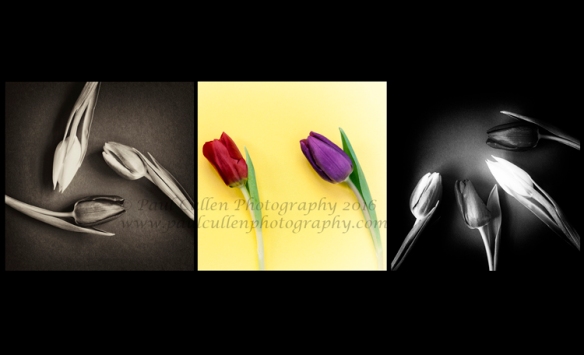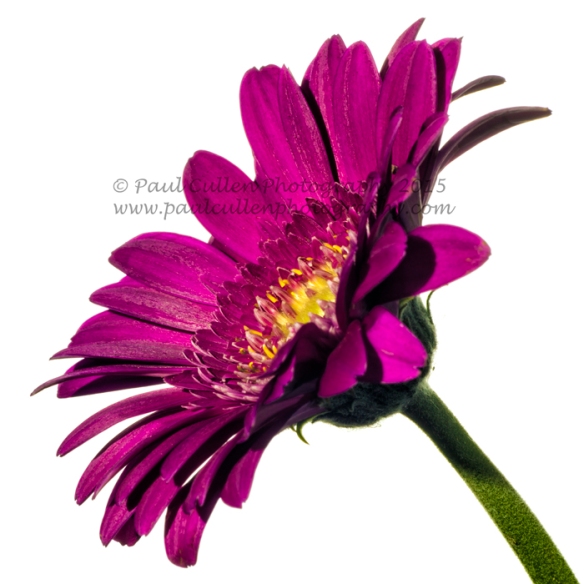Have you got a smart mobile phone with a camera? Good. Do you take photographs with it? Do you try to take artistic photographs with it as opposed to “record shots” (not that there is anything wrong with doing that – millions of us do it)? So do I and I have recently been playing with some of the free and paid photo apps that are available for Android phones on Google Play. (Many of the apps are available for iPhones through the usual channels for iPhone apps) I am having a wonderful time and the experience has increased my creativity – whether my efforts are any good or not remains to be seen but I am feeling more creative.
If you are trying to create something from your phone pictures you need to use some apps because with the best will in the world 5,10 or even 13 Megapixels from the tiny sized sensor on your phone is not going to give the same quality as the equivalent Pixel count on a Digital Slr or bridge camera due to technical limitations of physically small sensors – the apps help you to overcome those limitations by “covering up” digital noise and other aberrations 😉
I have tried several apps, some I have kept and some I wasn’t so keen on so deleted them. The ones that I use most often are Snap Seed – great for general editing and it has several creative effects, Super Photo – I started off with the free version but there are quite a few adverts and some of the best effects are unavailable unless you upgrade to the paid version (the paid version is about £2.50) which I did – the effects are much more pronounced and I will go to SuperPhoto when I want something arty – you cannot really make adjustments like cropping, brightness or saturation but it is good for effects, PicsArt which is good for making adjustments and it has some great effects – the thing that makes me use this one mostly is its ability to make your picture format square (for Instagram) without losing a bit of your picture, it does it by expanding your rectangular photo into a square and filling the extra bits with blur or colours – your choice. The first app that I downloaded was Photoshop express; I think that they call it something else now but it is free and useful. It has some good effects and you can edit cropping, brightness, saturation and a whole load of other things, and it is from Adobe. I have also downloaded Photo Lab (free), Photo Editor (free) and PicShop lite (free). There were others that I tried and deleted because they were too much like apps that I already had or they were very clunky and kept crashing. You just have to try a few and see how you get on with them and then if you like them, consider investing in the paid version if it is worth you while.
Here are a few of the photographs that I have taken On my phone and then processed with one or more of the apps:-
The majority of these have been through Snapseed, SuperPhoto or both – the great thing is you can then send them directly to Instagram (which also has some good tools build in) , Facebook, Pinterest or to more or less any place that you have an account that you might want to share your photos to without having to bother with your computer.
Next I thought it would be a jolly wheeze to download photos from other cameras onto my phone with a view to using the same effects on them. Here are some of my efforts:-
As you can see I have managed to utilise many different effect onto what were “straight” photographs – effects such as “Banksy” (SuperPhoto), Photo in an old book and face in coffee cup (PhotoLab), Conte camera girl (superPhoto), And a couple of “Pop art” inspired shots (again SuperPhoto).
A word of caution though, often these apps will reduce the resolution of your full resolution photographs – even ones that say that they don’t – I had this problem with SuperPhoto, I wanted to use some of the new creations for printing and found that they were too small – I subsequently found that SuperPhoto do an App (paid – about £3.50) for Windows, so I bought that and I am a happy camper again. Another solution is to use a resizing Program on your computer, I use the one that comes with OnOne Phot0 10.
I had been curious about photography using my phone for some time but I was particularly inspired to indulge in after seeing a presentation at my local camera club by Gerry Coe. He is a Northern Irish photography expert who not content with Becoming a Fellow of the British Institute of Professional Photographers (FBIPP), a Fellow of the Royal Photographic Society, a Fellow of the Master Photographers Association and a Fellow of the Society of Wedding and Portrait Photographers, went on to gain a second FBIPP for his iPhone photography. His iPhone photography site is:-
Gerry Coe iPhone Photos
If you want to have a look at my Instagram stuff – search for paulcullenphoto
Gerrys instagram account is coeiphoneart
Why don’t you give it a try?




















































